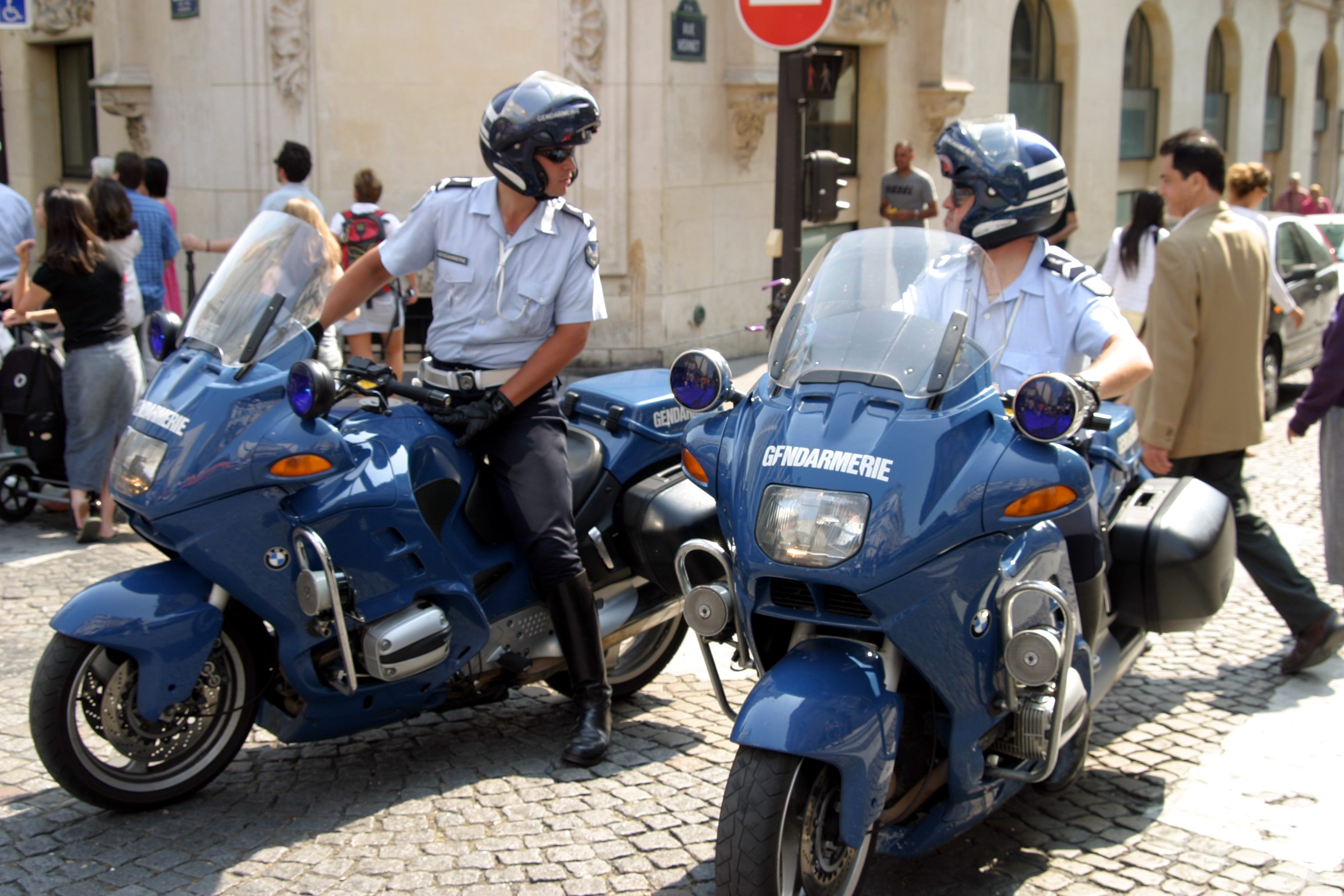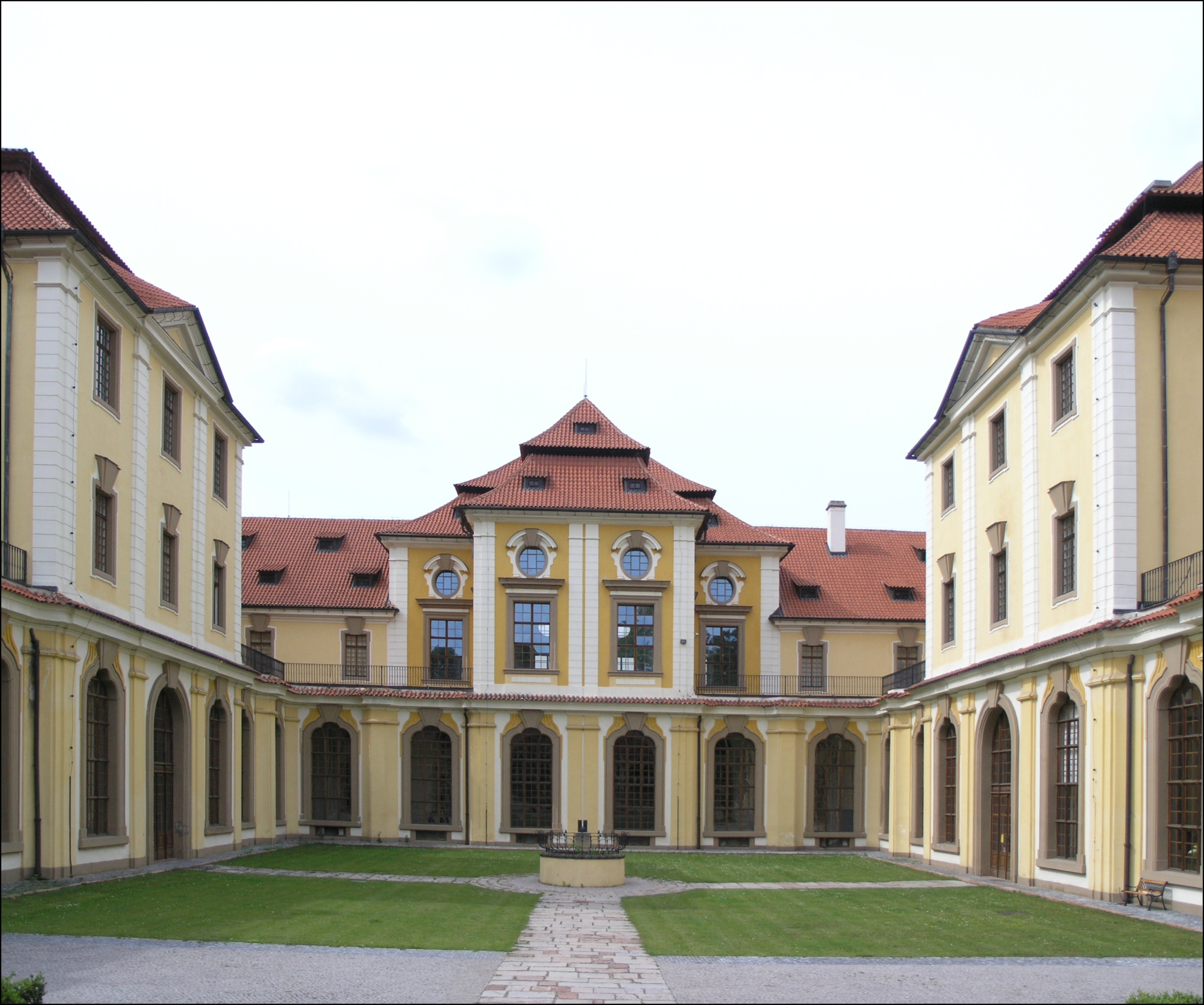|
Escape Of Viktor Pestek And Siegfried Lederer From Auschwitz
On the night of 5 April 1944, Siegfried Lederer, a Czech Jew, escaped from the Auschwitz concentration camp wearing an SS-TV, SS uniform provided by SS-''Rottenführer'' Viktor Pestek. Pestek opposed the Holocaust; he was a devout Catholic and was infatuated with Renée Neumann, a Jewish prisoner. Pestek accompanied Lederer out of the camp, and the two men traveled together to the Protectorate of Bohemia and Moravia to obtain false documents for Neumann and her mother. Lederer, a former Czechoslovak Army officer and member of the Czech resistance, tried unsuccessfully to warn the Jews at Theresienstadt Ghetto about the mass murders at Auschwitz. He and Pestek returned to Auschwitz in an attempt to rescue Neumann and her mother. Pestek was arrested under disputed circumstances and later executed. Lederer returned to occupied Czechoslovakia, where he rejoined the resistance movement and attempted to smuggle a report on Auschwitz to the International Committee of the Red Cross in ... [...More Info...] [...Related Items...] OR: [Wikipedia] [Google] [Baidu] |
Theresienstadt Family Camp
The Theresienstadt family camp ( cs, Terezínský rodinný tábor, german: Theresienstädter Familienlager), also known as the Czech family camp, consisted of a group of Jewish inmates from the Theresienstadt ghetto in Czechoslovakia, who were held in the BIIb section of the Auschwitz II-Birkenau concentration camp from 8 September 1943 to 12 July 1944. The Germans created the camp to mislead the outside world about the Final Solution. Deported from the ghetto in seven transports in September and December 1943, and May 1944, the prisoners were not subjected to selection on arrival, an unusual situation in Auschwitz, and were granted several "privileges", including the creation of a children's block that provided the only attempt at organized education at Auschwitz. The living conditions nevertheless remained poor and the mortality rate was high. Most of the inhabitants who did not die of starvation or disease were murdered during the camp liquidations on 8–9 March and 10–12 J ... [...More Info...] [...Related Items...] OR: [Wikipedia] [Google] [Baidu] |
Terezín
Terezín (; german: Theresienstadt) is a town in Litoměřice District in the Ústí nad Labem Region of the Czech Republic. It has about 2,800 inhabitants. It is a former military fortress composed of the citadel and adjacent walled garrison town. The town centre is well preserved and is protected by law as an Cultural monument (Czech Republic)#Monument reservations, urban monument reservation. Terezin is most infamously the location of the Nazis' notorious Theresienstadt Ghetto. Administrative parts Villages of České Kopisty, Nové Kopisty and Počaply are administrative parts of Terezín. Geography Terezín is located about south of Litoměřice and southeast of Ústí nad Labem. It lies in a flat landscape of the Lower Eger Table. It is situated on both banks of the Ohře River, near its confluence with the Elbe. The Elbe forms the northern municipal border. History On 10 January 1780, the Habsburg monarchy, Habsburg emperor Joseph II, Holy Roman Emperor, Joseph II order ... [...More Info...] [...Related Items...] OR: [Wikipedia] [Google] [Baidu] |
Theresienstadt Small Fortress
Theresienstadt Ghetto was established by the SS during World War II in the fortress town of Terezín, in the Protectorate of Bohemia and Moravia ( German-occupied Czechoslovakia). Theresienstadt served as a waystation to the extermination camps. Its conditions were deliberately engineered to hasten the death of its prisoners, and the ghetto also served a propaganda role. Unlike other ghettos, the exploitation of forced labor was not economically significant. The ghetto was established by the transportation of Czech Jews in November 1941. The first German and Austrian Jews arrived in June 1942; Dutch and Danish Jews came at the beginning in 1943, and prisoners of a wide variety of nationalities were sent to Theresienstadt in the last months of the war. About 33,000 people died at Theresienstadt, mostly from malnutrition and disease. More than 88,000 people were held there for months or years before being deported to extermination camps and other killing sites; the Jewish Coun ... [...More Info...] [...Related Items...] OR: [Wikipedia] [Google] [Baidu] |
Gestapo
The (), abbreviated Gestapo (; ), was the official secret police of Nazi Germany and in German-occupied Europe. The force was created by Hermann Göring in 1933 by combining the various political police agencies of Prussia into one organisation. On 20 April 1934, oversight of the Gestapo passed to the head of the ''Schutzstaffel'' (SS), Heinrich Himmler, who was also appointed Chief of German Police by Hitler in 1936. Instead of being exclusively a Prussian state agency, the Gestapo became a national one as a sub-office of the (SiPo; Security Police). From 27 September 1939, it was administered by the Reich Security Main Office (RSHA). It became known as (Dept) 4 of the RSHA and was considered a sister organisation to the (SD; Security Service). During World War II, the Gestapo played a key role in the Holocaust. After the war ended, the Gestapo was declared a criminal organisation by the International Military Tribunal (IMT) at the Nuremberg trials. History After Adol ... [...More Info...] [...Related Items...] OR: [Wikipedia] [Google] [Baidu] |
Gendarmerie
Wrong info! --> A gendarmerie () is a military force with law enforcement duties among the civilian population. The term ''gendarme'' () is derived from the medieval French expression ', which translates to " men-at-arms" (literally, "armed people"). In France and some Francophone nations, the gendarmerie is a branch of the armed forces that is responsible for internal security in parts of the territory (primarily in rural areas and small towns in the case of France), with additional duties as military police for the armed forces. It was introduced to several other Western European countries during the Napoleonic conquests. In the mid-twentieth century, a number of former French mandates and colonial possessions (such as Lebanon, Syria, the Ivory Coast and the Republic of the Congo) adopted a gendarmerie after independence. A similar concept exists in Eastern Europe in the form of Internal Troops, which are present in many countries of the former Soviet Union and its ... [...More Info...] [...Related Items...] OR: [Wikipedia] [Google] [Baidu] |
Zbraslav
Zbraslav (; german: Königsaal; Latin ''Aula Regia'') is a Prague districts, municipal district and cadastral area of Prague. The southernmost district of Prague, it lies on the Vltava River in the national administrative district of Prague 16. The former independent municipality of Zbraslav is now one of two cadastral areas in the Prague-Zbraslav Municipal District. The other is Lahovice. History Zbraslav was founded in 1118. In the 13th century, the king Wenceslaus II of Bohemia founded here a very influential Cistercians, Cistercian abbey which was called ''Aula regia'' in Latin. The medieval monastery became the burial place of Bohemian kings. The Madonna of Zbraslav (a masterpiece of Bohemian Gothic fine art) was painted for this monastery in the 1340s. In 1935, Valentin Bulgakov, V. Bulgakov founded an important Russian museum here with collections dedicated to Russian emigrants, but the museum was closed and confiscated by the Communists before 1948. In 1924, Žabovřesk ... [...More Info...] [...Related Items...] OR: [Wikipedia] [Google] [Baidu] |
Lieutenant Colonel
Lieutenant colonel ( , ) is a rank of commissioned officers in the armies, most marine forces and some air forces of the world, above a major and below a colonel. Several police forces in the United States use the rank of lieutenant colonel. The rank of lieutenant colonel is often shortened to simply "colonel" in conversation and in unofficial correspondence. Sometimes, the term 'half-colonel' is used in casual conversation in the British Army. In the United States Air Force, the term 'light bird' or 'light bird colonel' (as opposed to a 'full bird colonel') is an acceptable casual reference to the rank but is never used directly towards the rank holder. A lieutenant colonel is typically in charge of a battalion or regiment in the army. The following articles deal with the rank of lieutenant colonel: * Lieutenant-colonel (Canada) * Lieutenant colonel (Eastern Europe) * Lieutenant colonel (Turkey) * Lieutenant colonel (Sri Lanka) * Lieutenant colonel (United Kingdom) * L ... [...More Info...] [...Related Items...] OR: [Wikipedia] [Google] [Baidu] |
Marie Škardová
Marie may refer to: People Name * Marie (given name) * Marie (Japanese given name) * Marie (murder victim), girl who was killed in Florida after being pushed in front of a moving vehicle in 1973 * Marie (died 1759), an enslaved Cree person in Trois-Rivières, New France * ''Marie'', Biblical reference to Holy Mary, mother of Jesus * Marie Curie, scientist Surname * Jean Gabriel Marie (other) * Peter Marié (1826–1903), American socialite from New York City, philanthropist, and collector of rare books and miniatures * Rose Marie (1923–2017), American actress and singer * Teena Marie (1956–2010), American singer, songwriter, and producer Places * Marie, Alpes-Maritimes, commune of the Alpes-Maritimes department, France * Lake Marie, Umpqua Lighthouse State Park, Winchester Bay, Oregon, U.S. * Marie, Arkansas, U.S. * Marie, West Virginia, U.S. Art, entertainment, and media Music * "Marie" (Cat Mother and the All Night Newsboys song), 1969 * "Marie" (Johnny Hal ... [...More Info...] [...Related Items...] OR: [Wikipedia] [Google] [Baidu] |
International Association Of Friends Of The Soviet Union
The International Association of Friends of the Soviet Union was an organization formed on the initiative of the Communist International in 1927, with the purpose of coordinating solidarity efforts with the Soviet Union around the world. It grew out of existing initiatives like Friends of Soviet Russia in the United States, the Association of Friends of the New Russia in Germany, and the Hands Off Russia campaign that had emerged during the early 1920s in Great Britain and elsewhere. Organizational history Establishment In 1927 the Union of Soviet Socialist Republics celebrated the 10th Anniversary of the Russian Revolution with much fanfare. Supporters of the Soviet Union flocked to Moscow to attend the official Revolution Day festivities slated for November 7. The Communist International decided to make use of this opportunity to bring together representatives of the various national "friendship societies," centralizing their activities in a single international organization to b ... [...More Info...] [...Related Items...] OR: [Wikipedia] [Google] [Baidu] |
Kaolin
Kaolinite ( ) is a clay mineral, with the chemical composition Al2 Si2 O5( OH)4. It is an important industrial mineral. It is a layered silicate mineral, with one tetrahedral sheet of silica () linked through oxygen atoms to one octahedral sheet of alumina () octahedra. Rocks that are rich in kaolinite are known as kaolin () or china clay. Kaolin is occasionally referred to by the antiquated term lithomarge, from the Ancient Greek ''litho-'' and Latin ''marga'', meaning 'stone of marl'. Presently the name lithomarge can refer to a compacted, massive form of kaolin. The name ''kaolin'' is derived from Gaoling (), a Chinese village near Jingdezhen in southeastern China's Jiangxi Province. The name entered English in 1727 from the French version of the word: , following François Xavier d'Entrecolles's reports on the making of Jingdezhen porcelain. Kaolinite has a low shrink–swell capacity and a low cation-exchange capacity (1–15 meq/100 g). It is a soft, earthy, usu ... [...More Info...] [...Related Items...] OR: [Wikipedia] [Google] [Baidu] |







